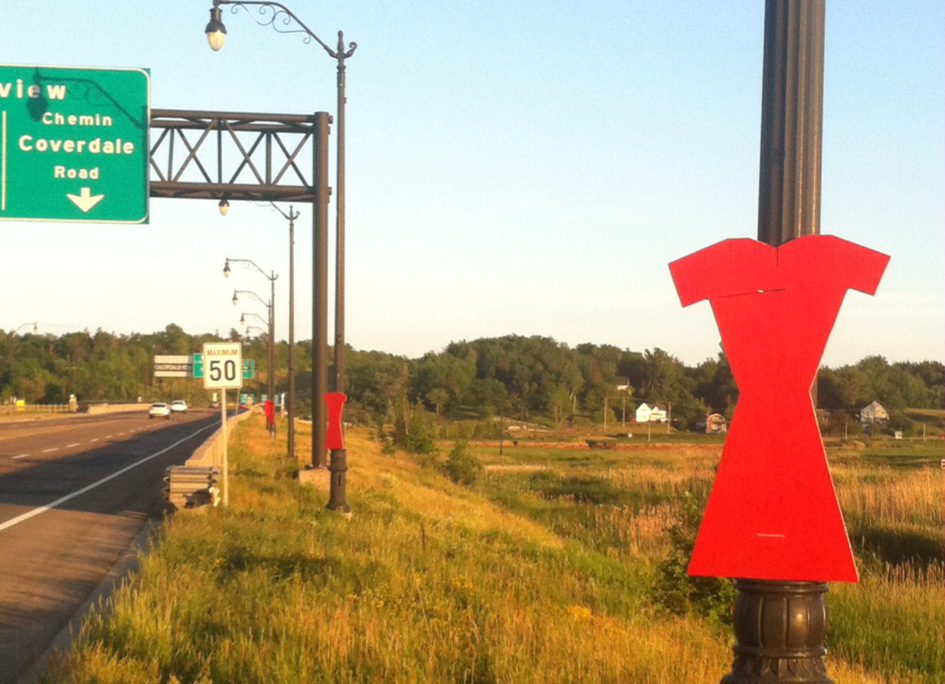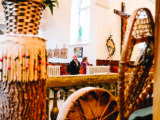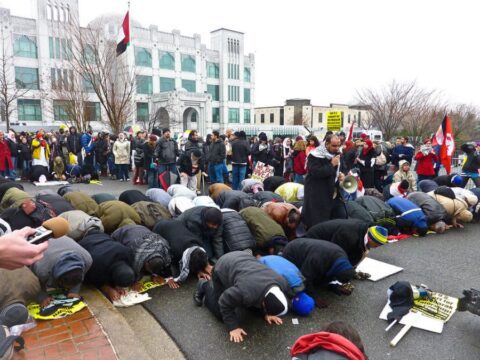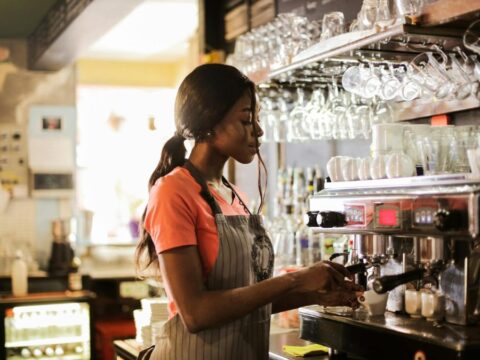Some may wonder: should offensive statues be toppled? Should buildings and street names that glorified oppressive people, policies and regimes be renamed? Instead of erecting new statues, wouldn’t money be better used to bring adequate housing and clean drinking water to Indigenous communities?
But, as an Indigenous ally, I think we do need installations in public places that attract attention, invite questions and debate, and encourage us to form a more just society.
You may unsubscribe from any of our newsletters at any time.
Many statues gave status and prominence to people who instigated and perpetuated policies that were intended to eventually extinguish Indigenous languages, cultures and even the people themselves. The policies almost worked.
But whose stories were left out? What if there is a collective will to install new markers in public spaces to acknowledge that First Nations, Métis and Inuit peoples are still here?
These installations would say: Pay attention. See me. Hear my story. We are still here. My people and I exist.
Here are five suggestions which might spark other ideas in the spirit of mending fractured relations with Indigenous peoples.
1. Turtle mosaics to signify that we live, work, play and gather on the lands and territories of many diverse nations of Turtle Island. A large tile mosaic could be installed around the Centennial Flame on Parliament Hill, incorporating the four colours of the Medicine Wheel: black, red, yellow, white. Smaller turtle installations could be created in other locations by placing stones selected from places of personal significance inside the outline of a turtle, all stones within each quadrant painted one of the four symbolic colours.
More on Broadview:
- It’s time for Canada’s statues to fall
- Egerton Ryerson: the legacy of a tarnished hero
- Sacred Indigenous rock art sites under threat
2. Red dress installations in recognition of missing and murdered Indigenous women, girls and Two-Spirit people are a reminder to authorities to protect these people and others who go missing or are killed in acts of racialized violence. Red dresses have been displayed on Parliament Hill and the grounds of provincial legislatures. Smaller outdoor installations can be created from painted plywood cut-outs and indoor ones featuring actual red dresses can be displayed inside building foyers and places of worship.
3. An UNDRIP installation on Parliament Hill would mark the date when Canada endorsed the United Nations Declaration of the Rights of Indigenous Peoples. The 2016 commitment to a renewed nation-to-nation relationship with Indigenous peoples would be a reminder for everyone to ensure that Indigenous rights are upheld within all segments of society.
https://twitter.com/londonmikmaq/status/1308679171846082560
4. A statue of Rita Joe, the late Mi’kmaw poet, author and activist, erected on Parliament Hill, would draw attention to the loss of language, culture, dignity, and often lives that occurred through the genocidal policy of residential schools. Joe’s poem, “I Lost My Talk”, is about losing her language at Shubenacadie Indian Residential School.
5. A Shannen Koostachin statue on Parliament Hill would honour the courage of a Cree teen from Attawapiskat First Nation who spoke truth to power when she insisted that the federal government should ensure better provision for the education and well-being of Indigenous children, on and off reserve. A statue of Koostachin currently stands in New Liskeard, Ont., but a monument in Ottawa would be accessible to far more people.
https://twitter.com/charlieangusndp/status/657998943985520641
Indigenous allies can be part of decolonization when space is assured for Indigenous peoples to fully reclaim their rightful place. Imagine joining a joyful nation-to-nation celebration when collective hopes, dreams and visions are restored.
***
Carol Scott is an activist, Indigenous and Black Lives Matter ally and the author of three books of poetry. She currently resides in New Brunswick where she attends Central United in Moncton, N.B.
I hope you found this Broadview article engaging. The magazine and its forerunners have been publishing continuously since 1829. We face a crisis today like no other in our 191-year history and we need your help. Would you consider a one-time gift to see us through this emergency?
We’re working hard to keep producing the print and digital versions of Broadview. We’ve adjusted our editorial plans to focus on coverage of the social, ethical and spiritual elements of the pandemic. But we can only deliver Broadview’s award-winning journalism if we can pay our bills. A single tax-receiptable gift right now is literally a lifeline.
Things will get better — we’ve overcome adversity before. But until then, we really need your help. No matter how large or small, I’m extremely grateful for your support.
Jocelyn Bell
Editor/Publisher















